My name is Ben Bryant. I am a Master of Divinity student at Shepherd’s Seminary and live in Raleigh, North Carolina. Today, (Dec 7) was my first full day in Israel. We started our tour by travelling north from Tel Aviv to Caesarea Maritima, the once spectacular city built by Herod the Great in the first century BC. I appreciated the historical and biblical significance of it as Dr. Bookman described it. Historically, this city was an important commercial and administrative center. It was also the place where God worked in a wonderful way to bring the gospel to Cornelius and to show Jewish believers that the Gentiles could be equal members of Christ’s body as described in Acts 10-11. Later in Acts, Paul would be held there to give his defense before governors Felix and Festus, and then before King Herod Agrippa II (ch. 24-26).
Seeing this site gives me a better sense of what this city was like in the first century. It was a city dedicated to pagan worship, including the imperial cult. But even in Caesarea Maritima, there was a Roman centurion that worshipped the true God. It was to this city that the Holy Spirit sent Peter to preach the good news.
We also traveled further north to Mt. Carmel to ascend to Muhraka. This name comes from an Arabic word for “scorching.” It was here that Elijah likely confronted the prophets of Baal and Asherah and where God sent fire from heaven to consume his sacrifice. It was hard to imagine what the sight must have looked like.
From the summit of Mt. Carmel, we could see a panoramic view of the Jezreel Valley. The place where the city of Jezreel was located could also be seen in the distance. It was helpful and somewhat humorous to envision Elijah running past Ahab’s chariot to reach that place. In the distance was Mt. Gilboa, the battle site where Saul killed himself (1Sam. 31:4). Seeing the distances between places in the region put the biblical narratives in perspective.
We visited Megiddo as well, was an important strategic city built by Solomon (1 Kings 9:15). The three cities identified as being built by Solomon in 1 Kings 9:15 have been unearthed, and archaeologists have discovered identical gate houses in each. This provides strog evidence for the historical accuracy of the Bible, as each city dates to the reign of Solomon and their similarity demonstrates the same person built all three.
Though I believe God’s Word is to be believed no matter what, it is exciting to find tangible evidence that confirms the narrative accounts of Scripture. This sort of discovery is good for preparing Christians to answer objections about the authority of God’s Word.
Learning the stories of Herod, Elijah, Paul, and others in the places they happened is a powerful way to envision the circumstances they were in, as geography played a large role in many of the accounts of the Bible. I am encouraged by the faith of Elijah when he prayed for drought and rain. I am also impacted by the horrific stories of Herod Agrippa’s and Saul’s deaths.
The most exciting event of the day was climbing up to Muhraka and catching a glimpse of the broad valley that God had providentially placed as the stage of so many important events–both past and future.
